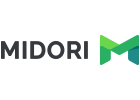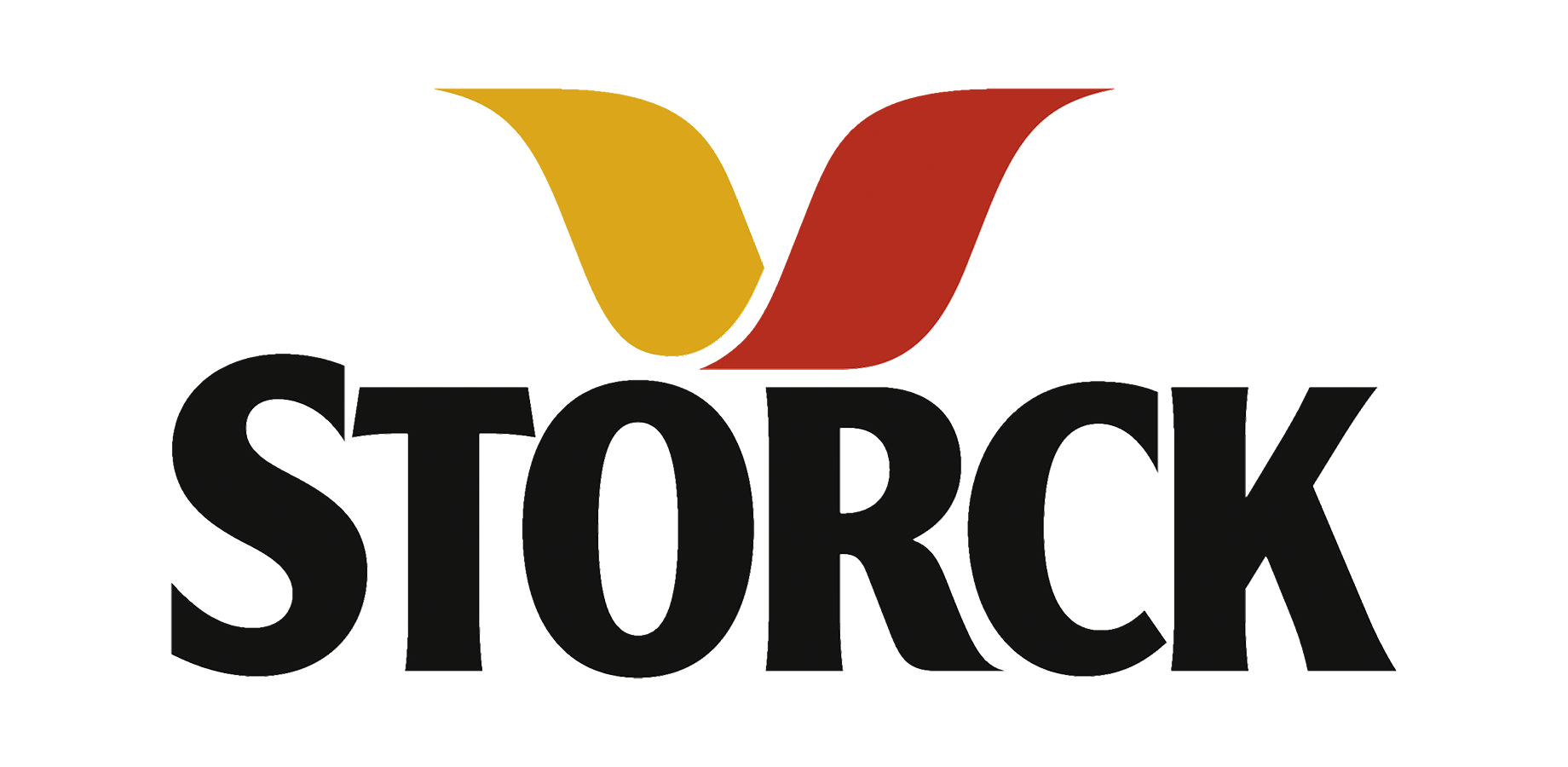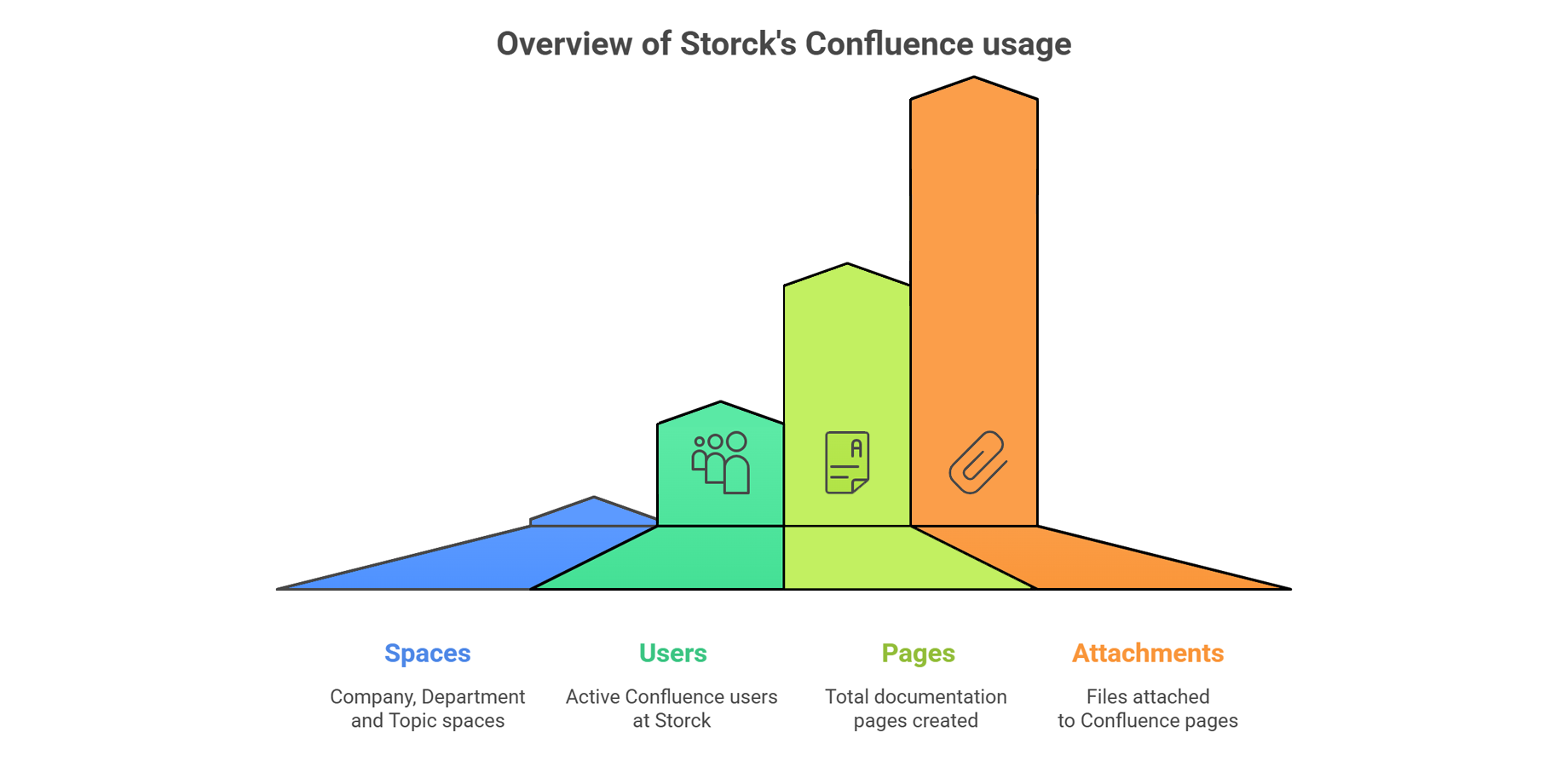Storck, the renowned German confectionery company behind brands like merci, Toffifee, and Werther's Original, has been using Better Content Archiving on Confluence Data Center since 2021. Recently, they successfully migrated to Confluence Cloud, bringing the app along with them.
After implementing Better Content Archiving as their content lifecycle management solution, they started seeing the impact right away.
Read on to learn how the team used automatic email notifications, advanced page owners, and other capabilities to streamline Confluence and restore trust in the platform.
How did Storck handle Confluence cleanup before Cloud migration?
Heike Stücker is a Team Lead for Content & Collaboration Management in the IT Department at Storck.
"With 8,000+ employees worldwide, 22 international subsidiaries, and over 4,000 Confluence users, Confluence is a core platform for documentation at Storck", Heike explains.
Storck primarily uses Confluence for three types of knowledge base spaces:
- Company spaces: read access for all employees.
- Department spaces: restricted to specific teams.
- Topic spaces: organized by subject, like training for apprentices.
The challenge: Confluence growth without content governance
Storck adopted Confluence in 2011, but as it expanded across teams, it became obvious that content lifecycle management (CLM) guidelines were needed.
The company-wide space was growing bigger and bigger. Departments liked it, but they struggled to keep content updated.
Overview of Storck's Confluence usage
To address these challenges, Storck launched an evaluation project with three departments:
- Team 1 needed a knowledge base but didn't believe Confluence could work for them.
- Team 2 was open to solutions but unsure about Confluence.
- Team 3 was already using Confluence happily, after they had reorganized their content in order to facilitate keeping it up-to-date.
Through this evaluation, Storck came to several important conclusions:
- It's important to teach users how Confluence works, especially spaces, page layout, and special features (macros).
- It's important to assign ownership of spaces and define the intended audience.
- Page restrictions are easy to set, but lead to unclear and inconsistent permissions.
- Users are afraid to delete content if there is no guidance on it.
- Automation helps to remind users to update their content regularly.
Without addressing these issues, teams searching for documentation tools dismissed Confluence entirely.
The solution: Better Content Archiving for Confluence drives change
To improve the usage of their knowledge base, Storck's IT team turned to Better Content Archiving for Confluence, making it a cornerstone of their content governance strategy.
They developed a structured approach to content management to ensure consistency and efficiency:
- Created clear guidelines for new space owners to help them manage their spaces effectively.
- Provided hands-on consulting for new spaces, ensuring they were structured correctly from the start.
- Automated content lifecycle management with Better Content Archiving. The app's automated statuses and notifications ensured outdated content was flagged and addressed without manual intervention.
"One of the biggest advantages was automated email notifications", Heike explains.
Better Content Archiving ensured Confluence content owners received regular reminders to review and update pages, keeping our knowledge base relevant. Instead of content being forgotten, teams were actively engaged in keeping information fresh and useful.
The benefits: a smarter, cleaner Confluence
Storck quickly saw measurable improvements:
✅ Audit-ready spaces – Spaces with a review process in place, with custom Confluence page statuses make audits easier.
✅ Content cleanup before migration – By applying Better Content Archiving's automated content lifecycle management rules, Storck removed thousands of outdated pages, reducing the migration workload and proving the value of structured Confluence content lifecycle management (CLM)."
✅ Improved organization – Users were motivated to reorganize content into dedicated spaces where the app supports their documentation needs.
"It's an ongoing process to keep the content organized", Heike adds.
How Better Content Archiving and Analytics delivered lasting value
Storck's journey demonstrates how enterprise teams can effectively streamline Confluence before migrating to Cloud, emphasizing the importance of content lifecycle management (CLM) in the process.
During the migration, Heike's team successfully reduced the number of pages, significantly lightening the workload.
They achieved a boost in system acceptance across their organization.
Confluence users now trust that Better Content Archiving and Analytics will proactively remind them to update content, ensuring that information remains accurate and reliable. This trust has fostered confidence among readers and contributors alike.
What is Storck's approach to content lifecycle management (CLM)?
Storck's approach ensures that content remains relevant and manageable:
- Assess existing spaces – Do they still make sense?
- Appoint space owners – Each space must have an accountable owner.
- Define purpose – Space owners must clearly outline the space's role.
- Discuss Confluence content lifecycle management rules – Owners must decide what content needs regular updates, archiving, or deletion.
"Without clear guidelines, it is impossible to keep up with content growth", Heike warns.
Advice to fellow enterprise Confluence customers
Storck's experience highlights the value of structured content lifecycle management, emphasizing clear ownership, defined content purposes, and automation tools like Better Content Archiving and Analytics to maintain an efficient knowledge base.
Heike's advice is to use the following practices to streamline Confluence usage and build trust across teams:
- Evaluate your needs – Check how an app aligns with your use case.
- Engage Governance teams – Ensure compliance with GDPR, Legal, and IT-Security.
- Start small – Focus on spaces with invested owners first.
- Weigh Atlassian vs. Marketplace solutions – Compare built-in Confluence features with apps — sometimes apps offer cheaper or better alternatives.
"If you're hesitant to buy an app, request a trial with extension, check the Atlassian roadmap, and talk to the vendor. Their support response will tell you a lot about whether they're a good partner", Heike concludes.
Put Heike's advice to the test and start building your content lifecycle management strategy today!
Start your free trial of Better Content Archiving and Analytics





